Let’s be honest: keeping a yard alive in Alberta isn’t always easy. Our winters get cold—and then just when you think you’re in the clear, it’s dry, hot, and windy all summer long. Most people don’t want to spend every weekend fussing over their garden. If that sounds like you, you’re definitely not alone.
The good news? There are plenty of gorgeous, hardy plants that do really well here, even if you sometimes forget to water or don’t have the time to fuss over them. You just have to know what to plant.
So, if you want a beautiful Alberta yard with way less effort, here are a dozen plants that pretty much take care of themselves.We’ve seen these work in real Alberta yards (and honestly, some are almost impossible to kill).
Why Low-Maintenance Plants Just Make Sense Here
If you’ve lived through a few Alberta seasons, you know not every plant is up for the challenge. The ones on this list can handle our wacky weather swings—sometimes all in the same week. They don’t need much: just a little love at planting time and a spot that fits their sun or shade preferences.
Plus, they’re usually pretty easy on water, which is a big deal when it’s hot and dry for weeks on end. Most of these are “yard-smart” or native to Alberta, so they actually belong here. Less work for you, more color and texture for your yard, and a few treats for the local birds and pollinators too.
12 Low-Maintenance Plants for Alberta Yards
1. Saskatoon Berry (Amelanchier alnifolia)

A true Alberta classic. It’s a native shrub that pops with white flowers every spring, then gives you tasty purple berries in summer (great for snacking or pies). Once it’s settled in, it handles drought, pests, and freezing winters like a champ.
Winter Tip: After the first year, just throw down some mulch in late fall. We’ve seen these shrubs come back strong even after -30°C nights.
2. Red Osier Dogwood (Cornus sericea)
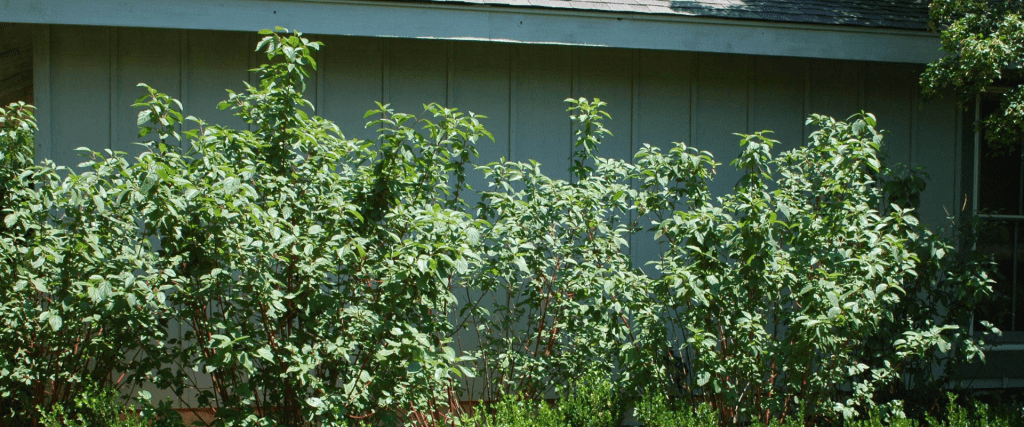
Want some color in winter? This one’s got fire-red branches that stand out in the snow, plus white flowers and berries in spring. It loves a moist spot, but once established, it barely needs attention. We’ve hardly ever seen anyone prune these.
3. Alberta Wild Rose (Rosa acicularis)

There’s a reason it’s Alberta’s provincial flower. Tough, sweet-smelling, and covered in pink blooms in early summer. Honestly, it doesn’t care much about dry soil or a bit of neglect.
4. Snowberry (Symphoricarpos albus)

If you want something different, try Snowberry. It’s got little white berries that stick around long after most things have dropped their leaves. Handles most soils, asks for almost nothing, and looks neat year-round.
5. Blanket Flower (Gaillardia aristata)
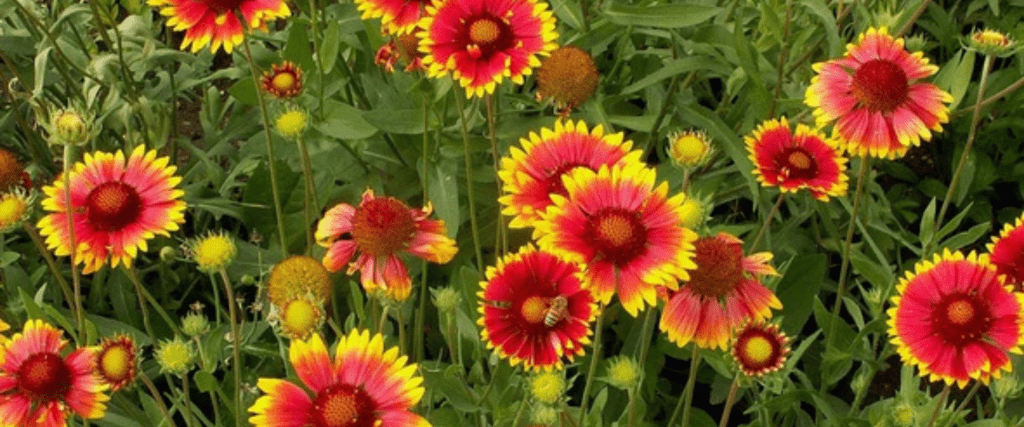
One of the showiest prairie perennials. Bright red and yellow blooms keep coming from summer to fall. We’ve planted these in the worst soil imaginable and they just keep going.
6. Prairie Crocus (Anemone patens)

Spring arrives early with this little beauty. Delicate lavender blooms poke up before most other things even wake up from winter. Once it’s in, it needs almost nothing but sunlight.
7. Beardtongue (Penstemon digitalis)
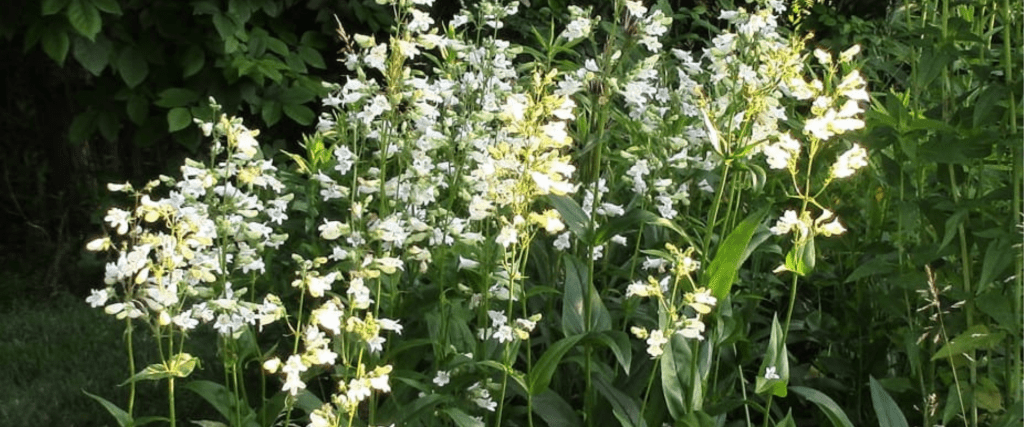
Not the most common name, but a real winner if you want white flowers and happy bees. Handles drought, grows in sun or partial shade, and you can pretty much forget it’s there until it starts blooming.
8. Bearberry (Arctostaphylos uva-ursi)

This is a tough, low groundcover with shiny green leaves and red berries. Great for covering bare spots or holding soil on slopes. Honestly, the less you do, the better it seems to grow.
9. Creeping Juniper (Juniperus horizontalis)
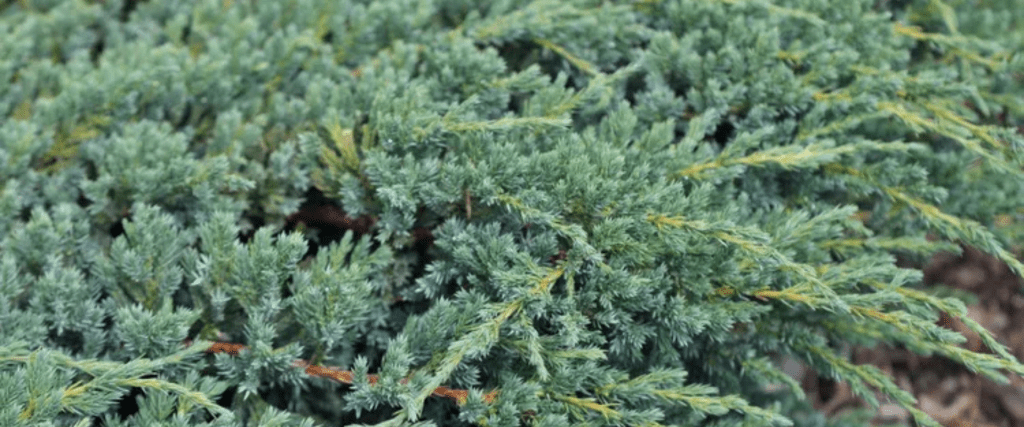
Another “plant it and leave it” favorite. This woody groundcover has soft, feathery foliage that can be blue, green, or silver. We’ve seen it thrive on rocky hillsides where nothing else would grow.
10. Woolly Thyme (Thymus pseudolanuginosus)
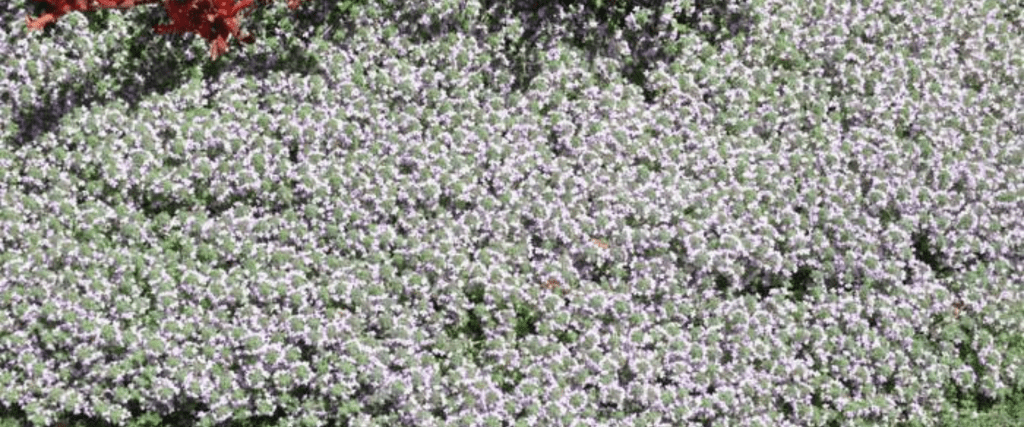
Soft, fragrant, and low to the ground, Woolly Thyme spreads into a carpet with cute pink flowers in the summer. Great between stepping stones or for sunny spots. Needs very little once established.
11. Black-Eyed Susan (Rudbeckia hirta)
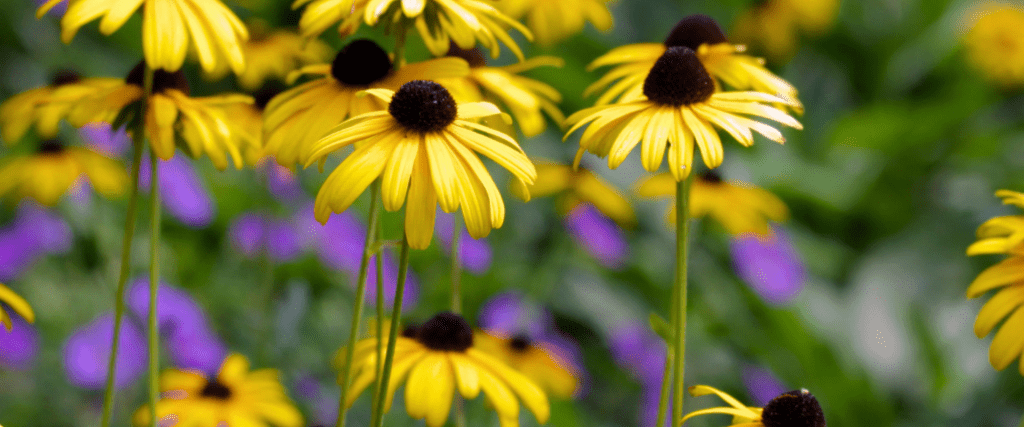
A classic with bright yellow petals and a black center. Blooms for ages, shrugs off poor soil, and butterflies seem to love it. You can deadhead for more blooms, but it’ll still look good if you don’t.
12. Alpine Aster (Aster alpines)
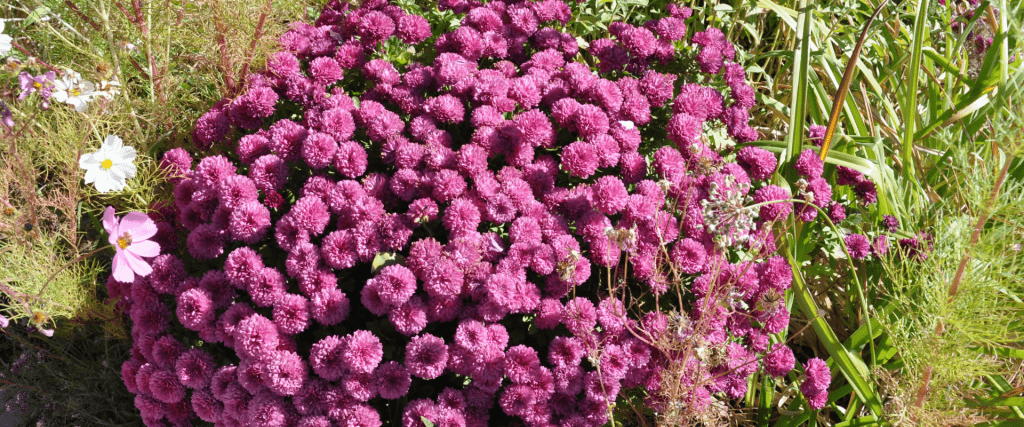
Short and sweet, this perennial pops up with purple-blue or white daisy flowers in late spring and early summer. Loves full sun and drier spots. Pretty much no maintenance once it’s happy.
How to Make Low-Maintenance Landscaping Work
Honestly, the trick is to group plants with similar needs and let them do their thing. Give them a decent start with compost or mulch, then step back. I like to lay down a good mulch layer in spring, especially if you hate weeding as much as I do. You’ll use less water and your soil stays cooler too.
Try to mix evergreens (like Bearberry and Creeping Juniper) with perennials and flowering shrubs so you’ve always got something interesting happening—even in the dead of winter.
FAQs
What are some other low-maintenance plants for Alberta?
A few more easy-care options: Potentilla, Russian Sage, Sedum, and Blue Flax. If you find any at a local nursery labeled “yard-smart,” they’re usually a safe bet for our climate.
How do you care for Saskatoon Berry shrubs in winter?
Honestly, you don’t have to do much. After the first year, spread some mulch at the base to help insulate the roots, and let the snow do its thing. Prune any dead wood in spring, but established shrubs usually don’t need protection unless it’s a really harsh winter.
Any good low-maintenance groundcovers for Alberta?
Absolutely! Bearberry and Creeping Juniper are at the top of my list. Both handle cold, wind, and poor soil. Woolly Thyme is another, especially for sunny, dry spots or between stones.
What flowers attract pollinators and are still low-maintenance?
Black-Eyed Susan, Blanket Flower, Alpine Aster, and Beardtongue are all pollinator magnets. They’ll bring butterflies and bees without much work from you.
How can I add native plants to my Alberta yard?
Start small—replace a section of lawn or a corner of your garden bed with a few native picks. I always suggest mixing Wild Rose, Saskatoon Berry, and Prairie Crocus for color and interest. Native plants tend to settle in quickly, and you’ll notice they don’t get the same problems as non-natives.
The Bottom Line
If you want a yard that looks great without turning into a full-time job, you really can’t go wrong with these plants. Most have survived in my yard with hardly any attention, and we’ve seen them thrive in neighbors’ gardens too—even after harsh winters or scorching summers. What’s even better is how well these low-maintenance picks work for both front yards and small backyards.
You can use hardy shrubs or colorful perennials to frame your front walkway, plant groundcovers like Woolly Thyme or Bearberry as tidy borders, or brighten up a small backyard patio with clusters of Black-Eyed Susan or Blanket Flower. So whether you’re looking for the best landscaping ideas for your front yard or want to transform a compact backyard into a relaxing retreat, starting with these easy-care plants is a smart move. Give them a try—your weekends, and your water bill, will thank you!
